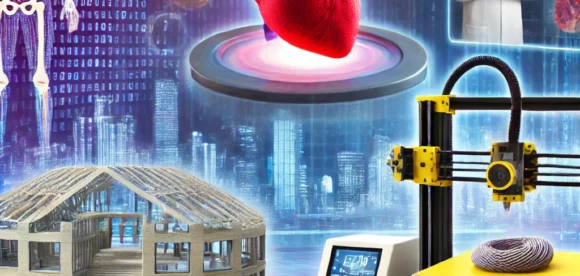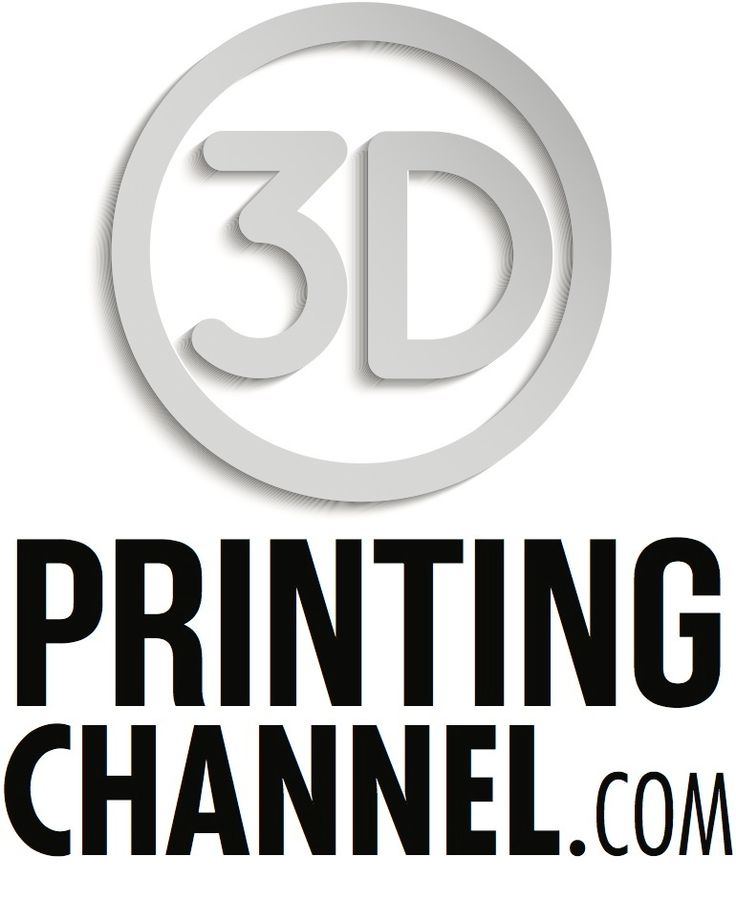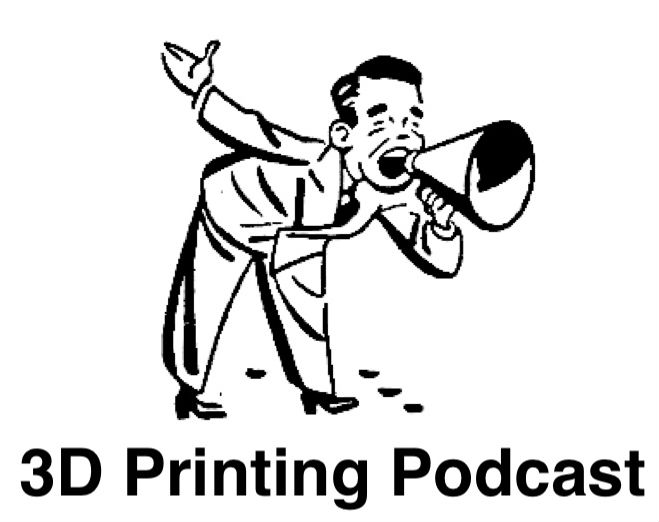The Future of 3D Printing: Top Innovations to Watch in 2025
The Future of 3D Printing: Top Innovations to Watch in 2025
As we approach 2025, 3D printing continues to revolutionize industries, offering new possibilities in manufacturing, healthcare, aerospace, and beyond. What was once a technology reserved for prototypes and hobbyists is now shaping the future of mass production and innovation. Here are the top 3D printing innovations to watch in 2025, which promise to further expand the potential of additive manufacturing.
1. Multi-Material 3D Printing
Traditionally, 3D printing has been limited to single-material outputs, but 2025 will see an explosion of multi-material capabilities. New printers will allow the integration of different materials—metals, plastics, ceramics, and even flexible or conductive materials—all in a single print. This opens the door to more complex and functional designs that were previously impossible or too expensive to produce.
Imagine building a single product that integrates soft components, electrical circuits, and metal frames without needing post-assembly. This advancement will enhance industries such as electronics, automotive, and wearable technologies by simplifying the manufacturing process and reducing production costs.
2. 3D Printing with Recycled and Sustainable Materials
As global industries push for greener production methods, 3D printing is poised to lead the charge in sustainability. In 2025, expect to see the widespread use of recycled and eco-friendly materials in 3D printing, reducing the environmental impact of manufacturing. From using plastic waste to create new products to employing bio-based materials that degrade naturally, the shift toward sustainability will appeal to environmentally conscious consumers and industries alike.
One exciting innovation is the development of plant-based resins, which offer the same strength and durability as conventional plastics but are derived from renewable sources. This trend will be a game-changer in sectors such as packaging, consumer goods, and construction.
3. 3D Bioprinting for Healthcare Applications
3D bioprinting has been one of the most promising yet challenging areas of additive manufacturing. In 2025, this technology will make significant strides, bringing us closer to the reality of printing fully functional human tissues and organs. While printing complex organs like hearts or kidneys is still in its early stages, 2025 will likely see major breakthroughs in skin grafts, bone regeneration, and biocompatible implants.
The ability to print custom tissues for patients could revolutionize the medical industry, drastically reducing the need for organ donors and improving outcomes for people with severe injuries or diseases. Research into biocompatible materials and 3D-printed drug delivery systems will also push healthcare to the next level, making treatments more personalized and efficient.
4. Large-Scale 3D Printing in Construction
While 3D printing small parts and prototypes is now common, 2025 will see a surge in large-scale 3D printing, particularly in the construction industry. New 3D printing technologies will allow entire buildings or sections of infrastructure to be printed with unprecedented speed and precision. Large-scale 3D printers can use materials like concrete, clay, and composite materials, making them ideal for constructing homes, bridges, and other infrastructure.
This innovation holds promise for addressing housing shortages and creating sustainable, low-cost homes in developing areas. In fact, some construction companies are already experimenting with 3D printing homes in as little as 24 hours, reducing both labor and material costs. Expect more cities and countries to adopt this technology in 2025 as a solution to urbanization and housing challenges.
5. AI-Enhanced 3D Design and Printing
Artificial intelligence (AI) is transforming industries across the board, and 3D printing is no exception. In 2025, AI will play a more prominent role in both the design and execution of 3D-printed objects. AI-driven software will allow for more intelligent, adaptive designs that optimize material usage, structure, and performance.
Additionally, AI can improve the accuracy and efficiency of the printing process itself. Algorithms will be able to predict potential issues during the print and automatically adjust settings to avoid errors, resulting in fewer failed prints and more reliable outcomes. This will be particularly beneficial in industries like aerospace and automotive, where precision and reliability are paramount.
6. On-Demand Manufacturing and Supply Chain Disruption
The rise of 3D printing is set to disrupt traditional manufacturing and supply chains by enabling on-demand, localized production. By 2025, more companies will adopt 3D printing as a core component of their manufacturing strategies, reducing the need for mass production and global distribution networks.
This shift toward decentralized manufacturing will allow companies to print parts or products as needed, cutting down on storage costs and waste. Moreover, the ability to 3D print spare parts locally will revolutionize industries like aerospace, automotive, and defense, where supply chain disruptions can have significant consequences.
7. 4D Printing: Adding Time as a Factor
While 3D printing focuses on creating static objects, 4D printing introduces the dimension of time, enabling objects to change shape or properties in response to external stimuli like heat, light, or moisture. In 2025, we’ll see more applications of 4D printing in fields like medical devices, where smart materials can adjust to the human body’s needs, or in textiles that adapt to environmental conditions.
This technology has the potential to create self-assembling structures or products that can evolve over time. For instance, 4D-printed materials might be used in aerospace to create components that adjust their shape mid-flight, or in construction to build structures that change their configuration based on environmental factors.
Conclusion
As we move toward 2025, 3D printing is set to break new boundaries across industries, from healthcare and construction to manufacturing and beyond. Innovations in multi-material printing, bioprinting, AI integration, and sustainable materials will open up new possibilities for entrepreneurs and industries alike. By keeping an eye on these emerging trends, businesses can stay ahead of the curve and harness the full potential of 3D printing technology to drive innovation and efficiency in the years to come.
Categories
Recent Posts
- 10 Game-Changing Applications of 3D Printing in Modern Industry
- 12 Groundbreaking Startups Revolutionizing the 3D Printing Industry
- How to Find Investors for Your 3D Printing Startup: A Beginner’s Guide
- 5 Essential Steps to Launching Your 3D Printing Startup
- The Future of 3D Printing: Top Innovations to Watch in 2025
Recent Comments
- 3D Printing Start Up Incubator Questions | International toolkit on Slide Show Presentation About Questions Start Ups and Entrepreneurs Need to Ask Before Starting 3D Printing Businesses
- 3D Printing Start Up Incubator Questions | 3D Printing Ad Agency on Slide Show Presentation About Questions Start Ups and Entrepreneurs Need to Ask Before Starting 3D Printing Businesses
- 3D Printing Start Up Incubator Questions | 3D Printing Blog on Slide Show Presentation About Questions Start Ups and Entrepreneurs Need to Ask Before Starting 3D Printing Businesses
- 3D Printing Start Up Incubator Questions | 3D Printing PR Firm on Slide Show Presentation About Questions Start Ups and Entrepreneurs Need to Ask Before Starting 3D Printing Businesses
- 3D Printing Start Up Incubator Questions | 3D Printing Bank on Slide Show Presentation About Questions Start Ups and Entrepreneurs Need to Ask Before Starting 3D Printing Businesses










